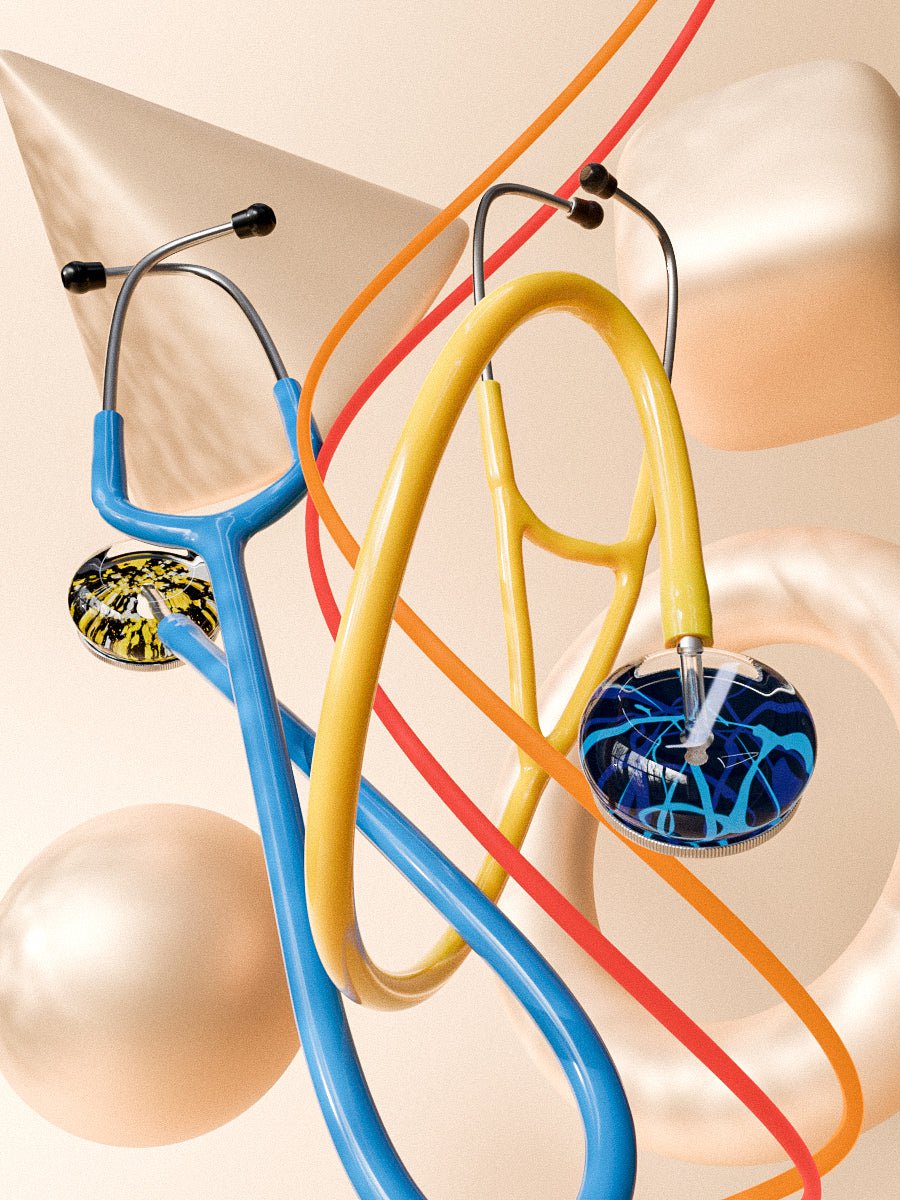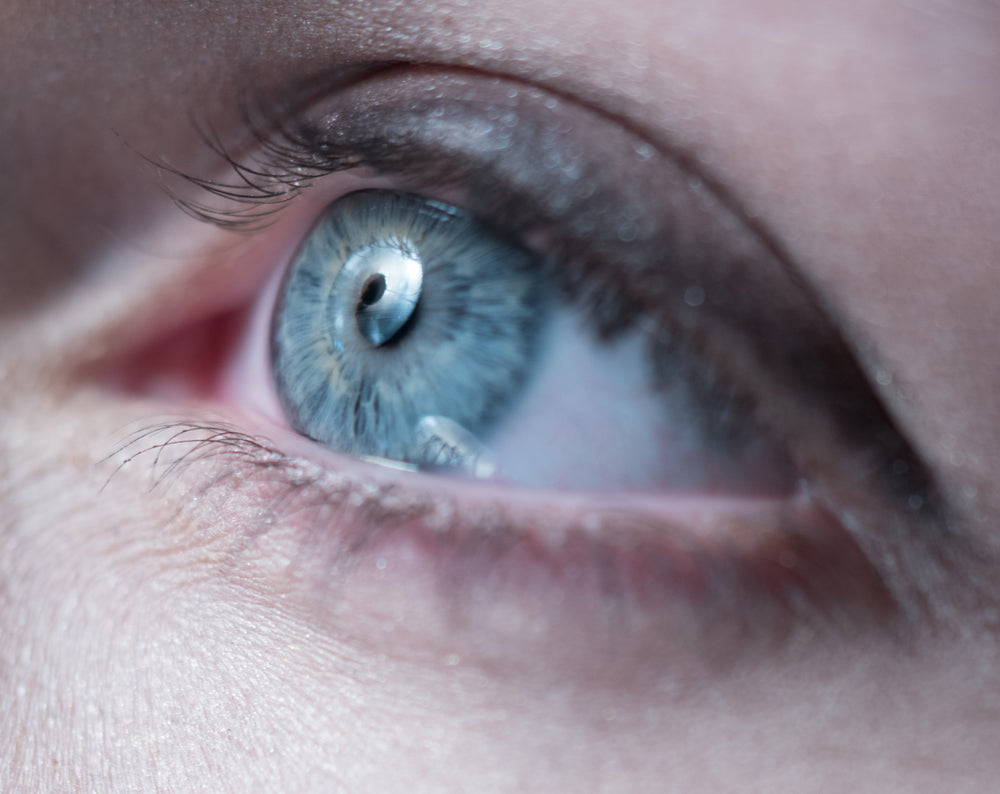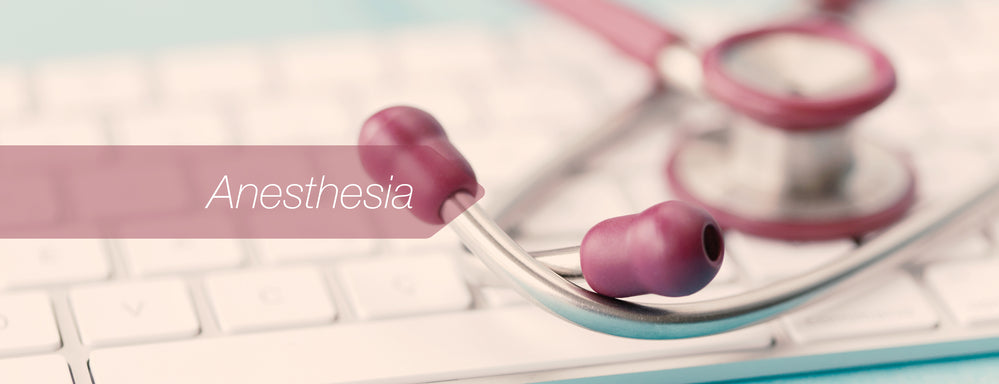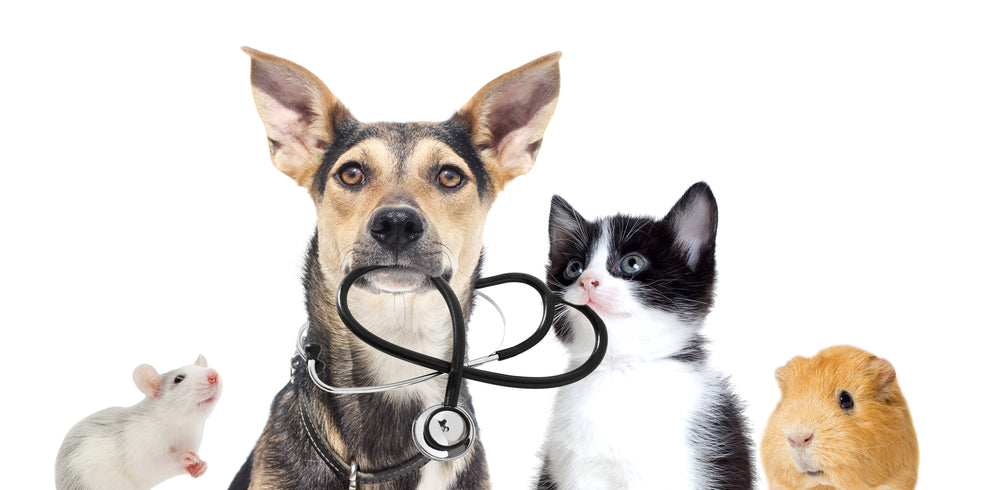Ocular auscultation is the process of examining parts inside the eye by using an ophthalmoscope. It can be used to identify various problems with vision, and it is usually done as part of an overall examination. There are many different types of optics that are available for use in ocular auscultation, but today we will discuss what a binocular indirect ophthalmoscope is and how it can help you determine if there are any serious problems with your vision.
What is an ophthalmoscope?
An instrument used to examine the interior of the eye, consisting of a small capsule containing lenses for directing light into the eyes through its side mirrors or prisms. The reflected rays are focused on a scale called a retinoscope that gives information about the distance of the retina from the lens and also about any abnormal conditions.
How does an ophthalmoscope work?
An ophthalmoscope is a medical device used to examine the interior of the eye. It consists of an illuminating lamp, magnifying lenses and reflectors (the body), eyepieces for viewing through, and sometimes filters that control what light enters. The most common type is handheld with battery powered illumination- but there are also models that plug into a wall socket.
The ophthalmoscope creates an image of the retina in the eyepiece by reflecting light off the eye; what you see is upside-down and sometimes blurred, so it can be difficult to make out details without practice. The best time to use an ophthalmoscope is when your pupils are dilated, which is why it's often used before a fundoscopy.
The retina consists of photoreceptor cells that are sensitive to light and messages they receive from the brain about what they see- so the ophthalmoscope can be useful for detecting tumors or other abnormalities in blood vessels inside your eye.
What is a binocular indirect ophthalmoscope?
It is an optical device with two eyepieces, one for each eye; it usually has lenses and sometimes filters mounted in front of its objective lens. It can be adjusted so as not to interfere with the patient's vision.
What are some situations in which binocular indirect ophthalmoscopes might be used?
The most common situation is when patients need to have their eyes examined during a routine physical exam or an eye evaluation for possible signs of disease, injury, or surgery; it can also be used as part of other tests that are done on the eyes.
What is an optic speculum?
An instrument designed to hold the eyelids apart so that their surfaces may be examined.
What is a slit lamp?
A device used for examining eyes, consisting of an illuminated microscope with adjustable magnification and fitted with a special lens system called an ocular, which projects onto its viewing screen what it sees near the eye or skin surface in order to provide a clear and magnified view.
What can be detected with the use of an ophthalmoscope?
Any abnormality such as a tumor, hemorrhage or detachment that is seen when the light from an ophthalmoscope shines on the eye.
What can be detected with fundoscopy?
Anything abnormal within the retina and optic disc of your eyes including changes in pigmentation (such as macular degeneration), blood vessel abnormalities, tears, holes and what appears to be a mass.
What are the parts of an ophthalmoscope?
The ophthalmoscope is composed of the following:
- A handpiece, which contains a fiber optic light pipe that transmits visible and infrared light to illuminate the interior structures of an eye. The head or eyepiece has two lenses which provide magnification for viewing these structures.
- An illuminator (light source)
- A mirror that reflects light from the illuminator
- An aperture disk, which controls the amount of ambient or room light to be transmitted through the ophthalmoscope. The aperture disk is located in front of the eye piece and may be rotated for purposes such as adjusting illumination intensity, controlling iris dilation with a particular wavelength of light, or blocking out all ambient light so that the ophthalmoscope can be used in a dark room.
- A battery pack and interconnection cable to power the illuminator
- An arm for moving the head back and forth so as to change what is viewed within the eye piece
In Conclusion:
When an ocular auscultation exam is needed it is almost always certain that the ophthalmologist will make use of an ophthalmoscope. This tool can help detect many problems and issues that cannot be seen with the naked eye.





